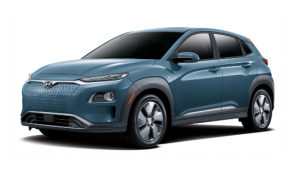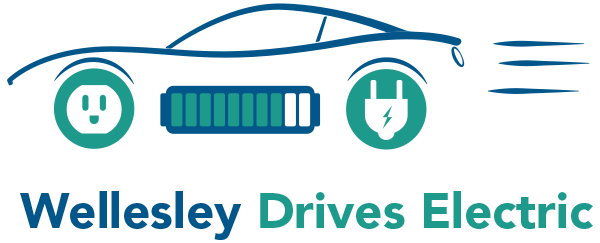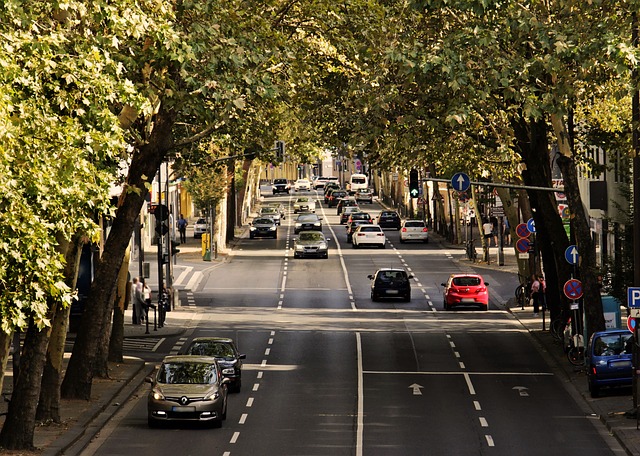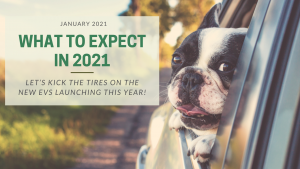One important factor when purchasing a vehicle is efficiency. How many miles per gallon does this vehicle get? How far can I go on one tank/charge? How does this car do in the city vs. the highway? Since electric vehicles don’t use gasoline, when we want to have a nice visual to compare an EV to an ICE’s (Internal Combustion Engine) efficiency, an easy to understand measurement of Miles Per Gallon equivalent (MPGe) is used.

For example, let’s look at the Hyundai Kona, which is offered in both a standard ICE and as the Kona Electric, as similar an ICE versus

EV comparison as we can get. The ICE Kona has an estimated range of 396 miles per tank, and an EPA rating of 30 mpg (28 mpg city/32 mpg highway). The Kona EV, which has an estimated range of 258 miles in one charge, is rated to have 120 MPGe, (132 MPGe city/108 MPGE highway). Clearly, from just looking at energy efficiency, the EV model is vastly more efficient. Clearly, from just looking at energy efficiency, the EV model is vastly more efficient (and at 201 electric hp vs the ICE Kona’s 147 hp, a lot more powerful too!).
[Ratings obtained from www.fueleconomy.gov ]
The question is, why is an EV like the Kona flipped in driving efficiency when compared to its ICE counterpart? To start us off, ICE vehicles get their “best” fuel efficiency when they drive a consistent speed on the highway. The ICE is always burning fuel, even when you are in the city in stopped in traffic. For EVs, as well as hybrid vehicles, they actually love the stop and go actions involved in high traffic conditions. Simply put, when an EV slows down, it charges the battery. The more “stopping” the EV does, the more charging from regenerative braking it gets. Granted, you’ll never fully recharge, or even significantly charge an EV battery by simply braking all day, but you will certainly extend the vehicle’s range before it reads “Empty”.
However, traveling at higher speeds in any vehicle requires more energy to maintain that speed especially against the drag effects that come from the surrounding air. Some cars are designed to be more aerodynamic; Sort of slip through the air, rather than push against it. but once any vehicle reaches a certain speed, no matter how it’s built, the air stops letting the car “slip” through and just keeps an uncompromising “push-back” against the car or truck traveling through it.
If you are an EV owner, and want to get the most “bang” for your charge, it is best to calmly drive through stop and go traffic, and keep it between 55 and 70 miles per hour on the highway. Doing so will keep your EV happy, and when an EV is happy, everyone benefits. Not that EVs and their instant power response don’t love the highway for both enjoyable driving and always better-than-ICE efficiency…they just love the city even more!




